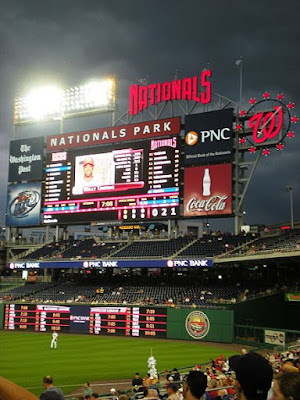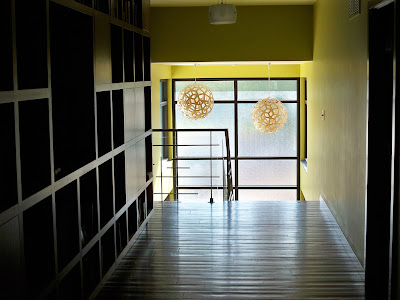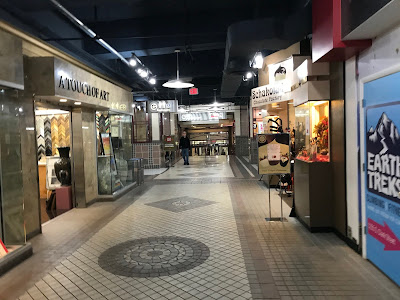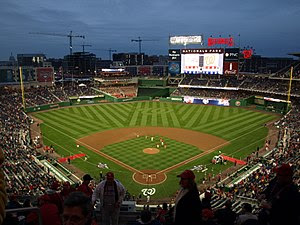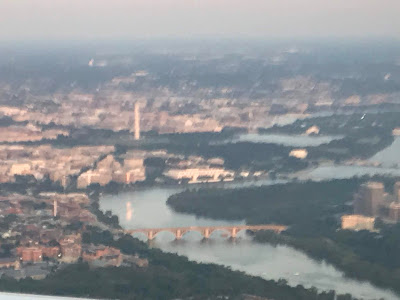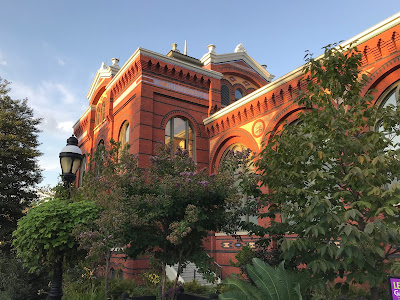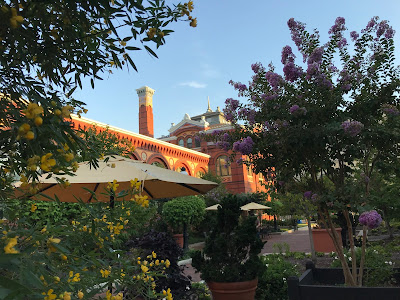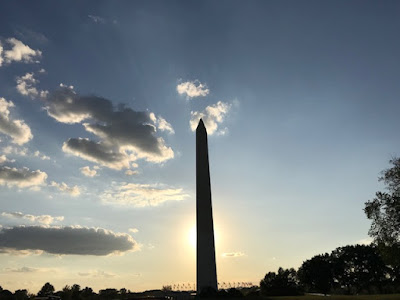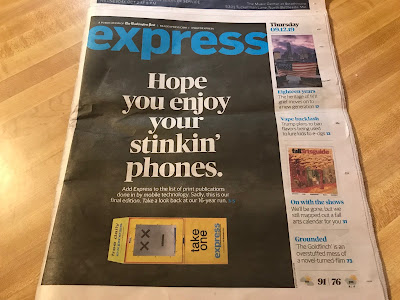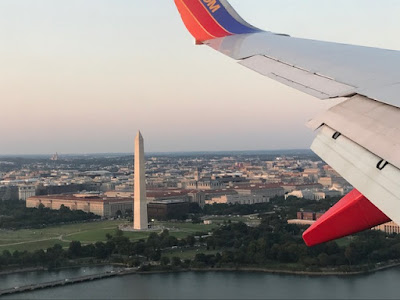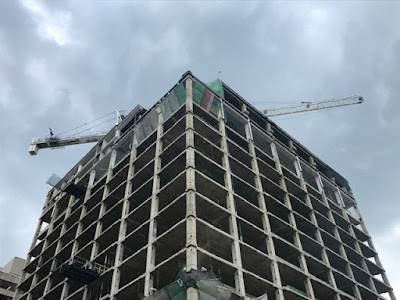World Series Champs!
Washington, D.C., is waking up late today, pushing snooze at least twice and downing an extra cup of coffee. But as one of the bleary-eyed ones, I can say … it was totally worth it. It was worth it to see the Washington Nationals beat the Houston Astros to win the World Series, an improbable, come-from-behind victory like so many of the others the Nats have achieved this season.
But this victory holds no future trial. The team has gone from a 19-31 record in May to World Series champs in October. They have nothing left to prove. But as the oldest team in the league and the come-from-behind specialists, they have something to teach us about determination, drive and never saying never.
What they’ve achieved most of all, though, is to bring us a hometown pride that’s hard to come by in the Nation’s Capital. We’re no longer the “Swamp,” the seat of dysfunctional government. We’re the home of a team with loyal supporters (my neighbors have been season ticket holders since 2005) and a fan base that transcends partisan divides.
Events like this help people feel like they belong. And more than anything else, it’s the belonging I celebrate today.
